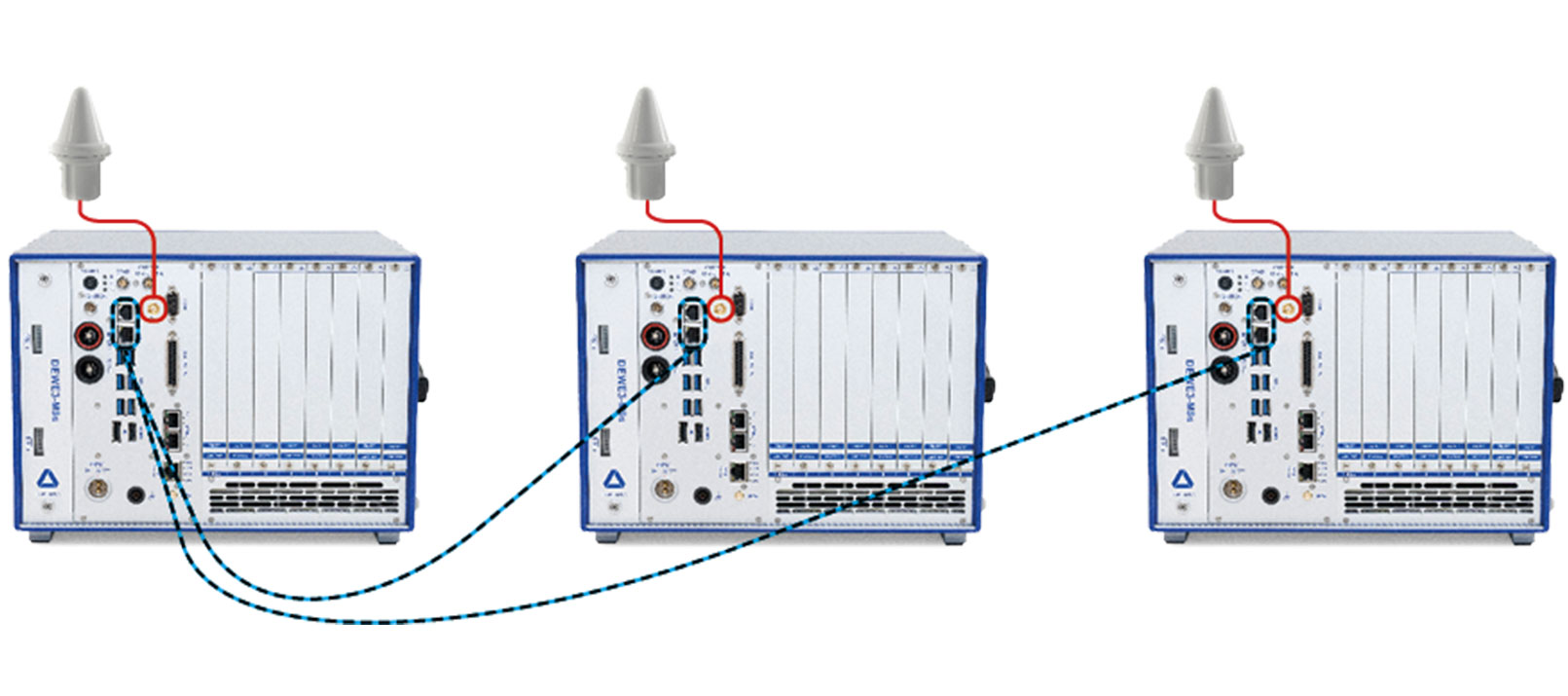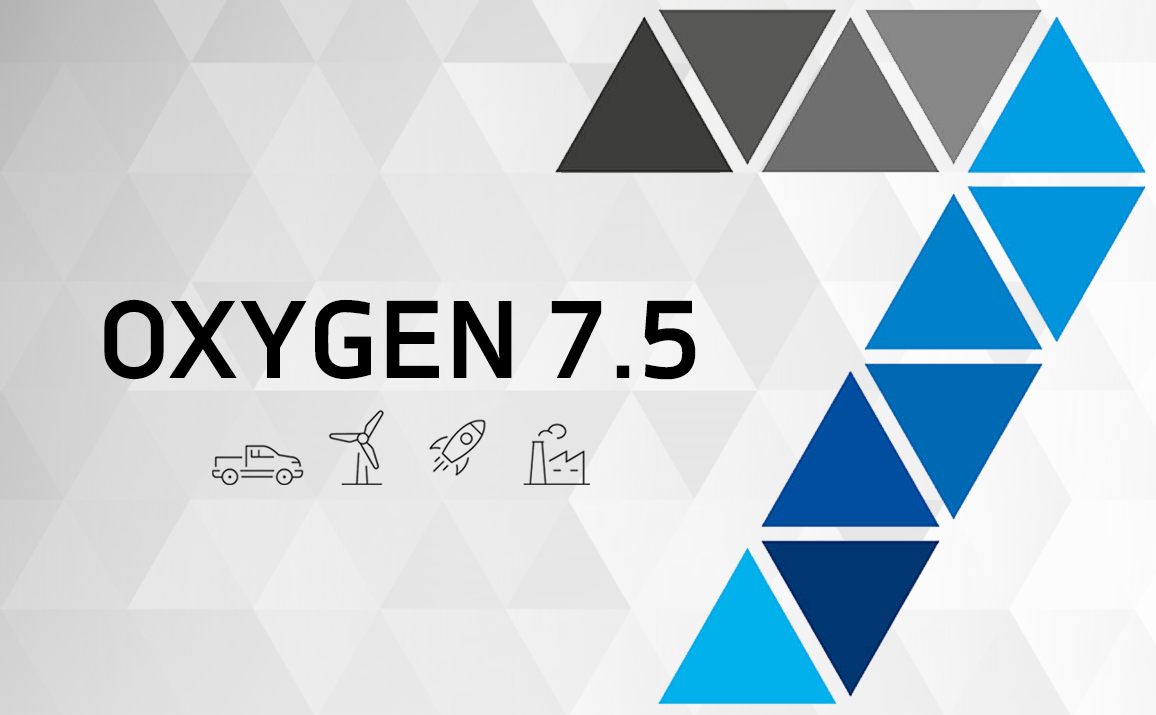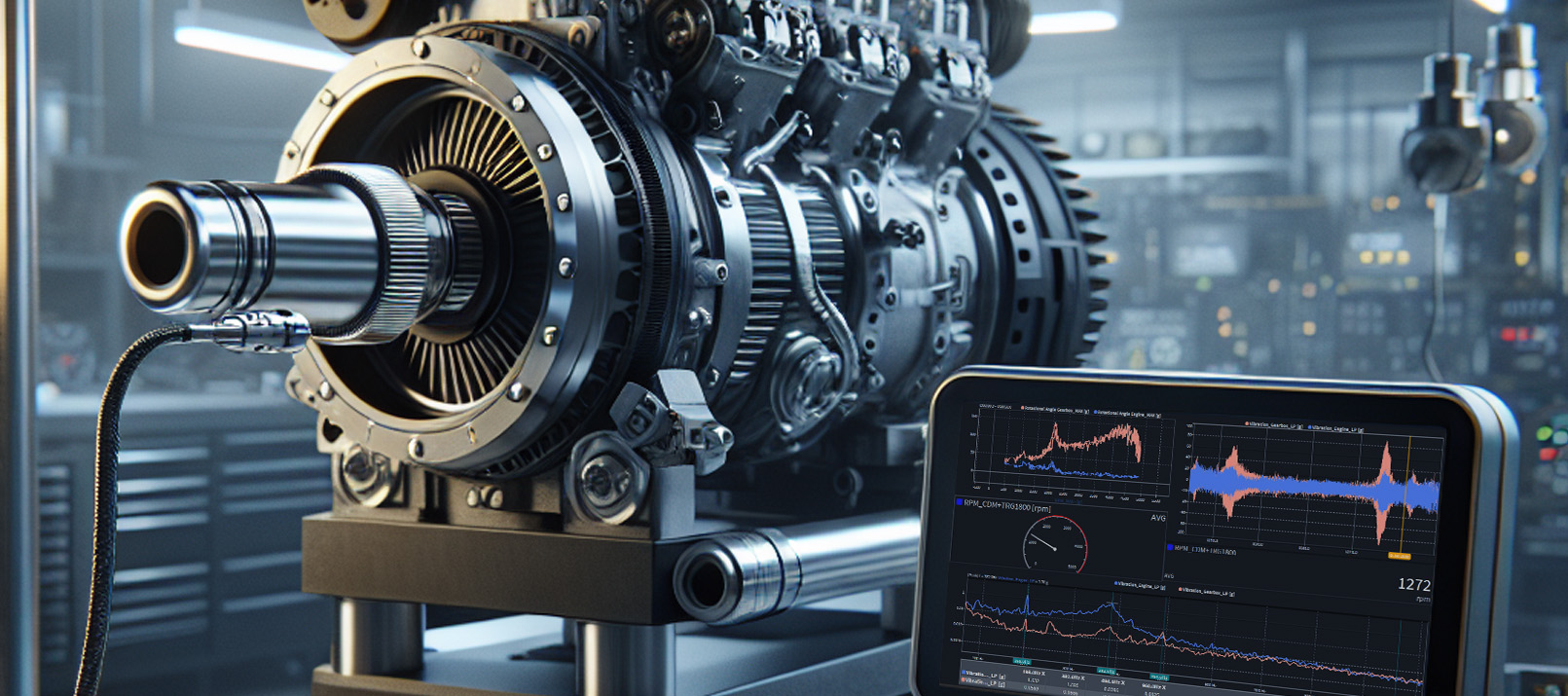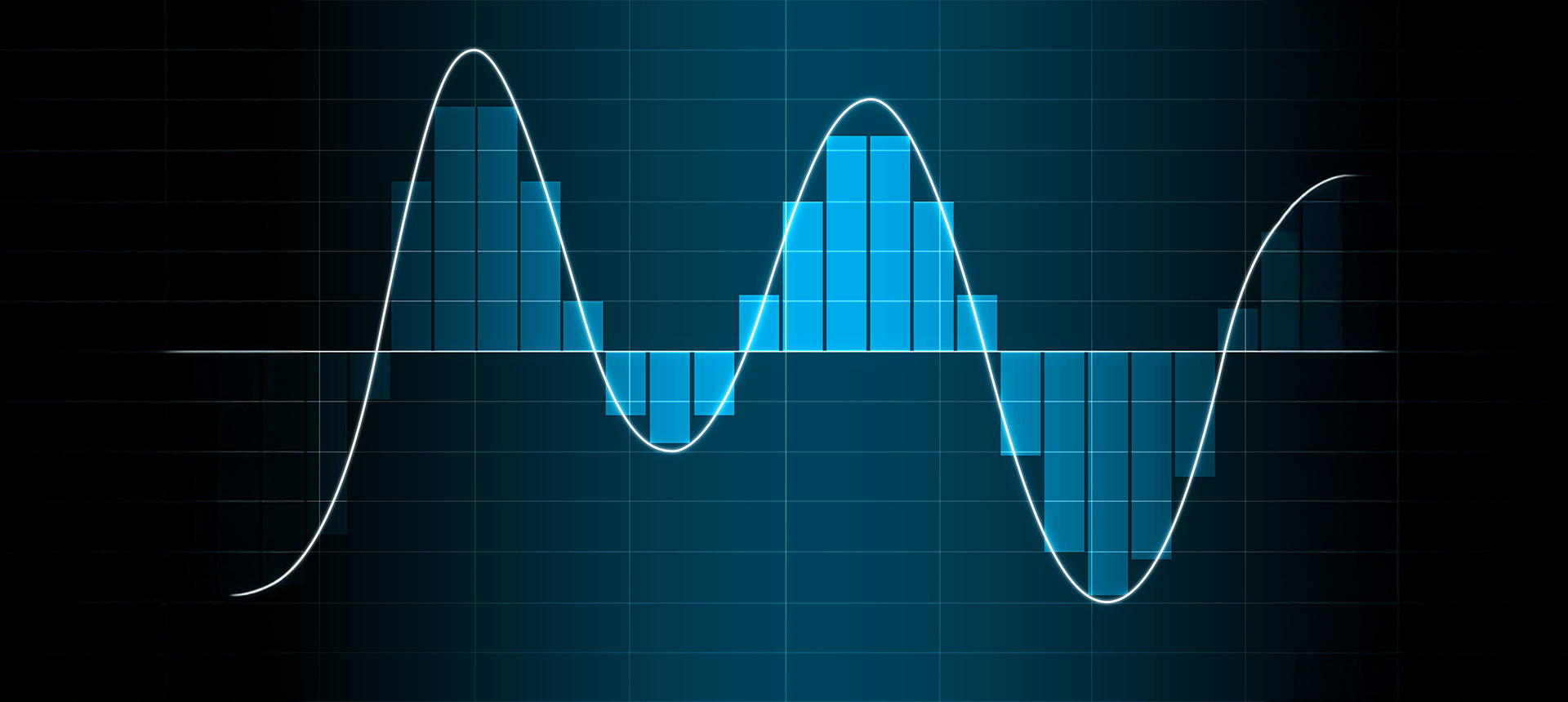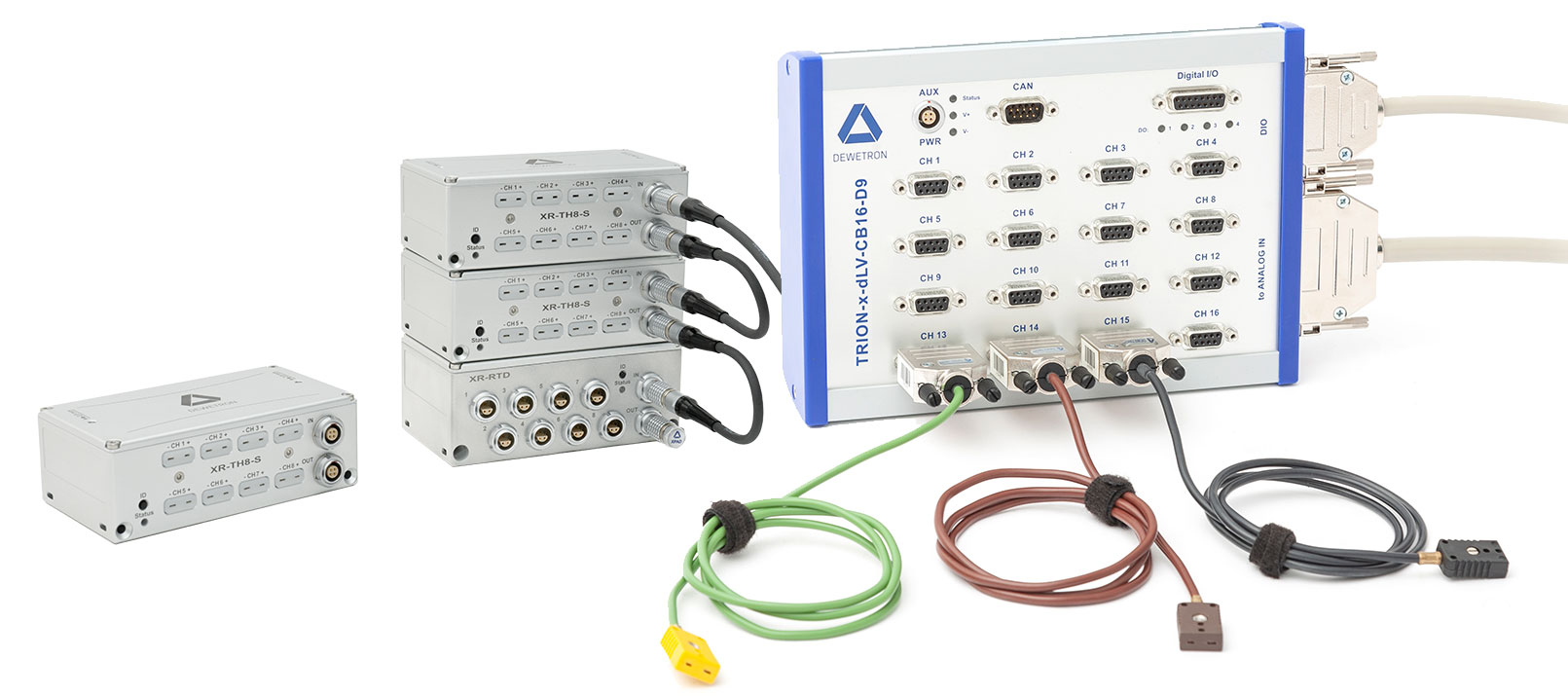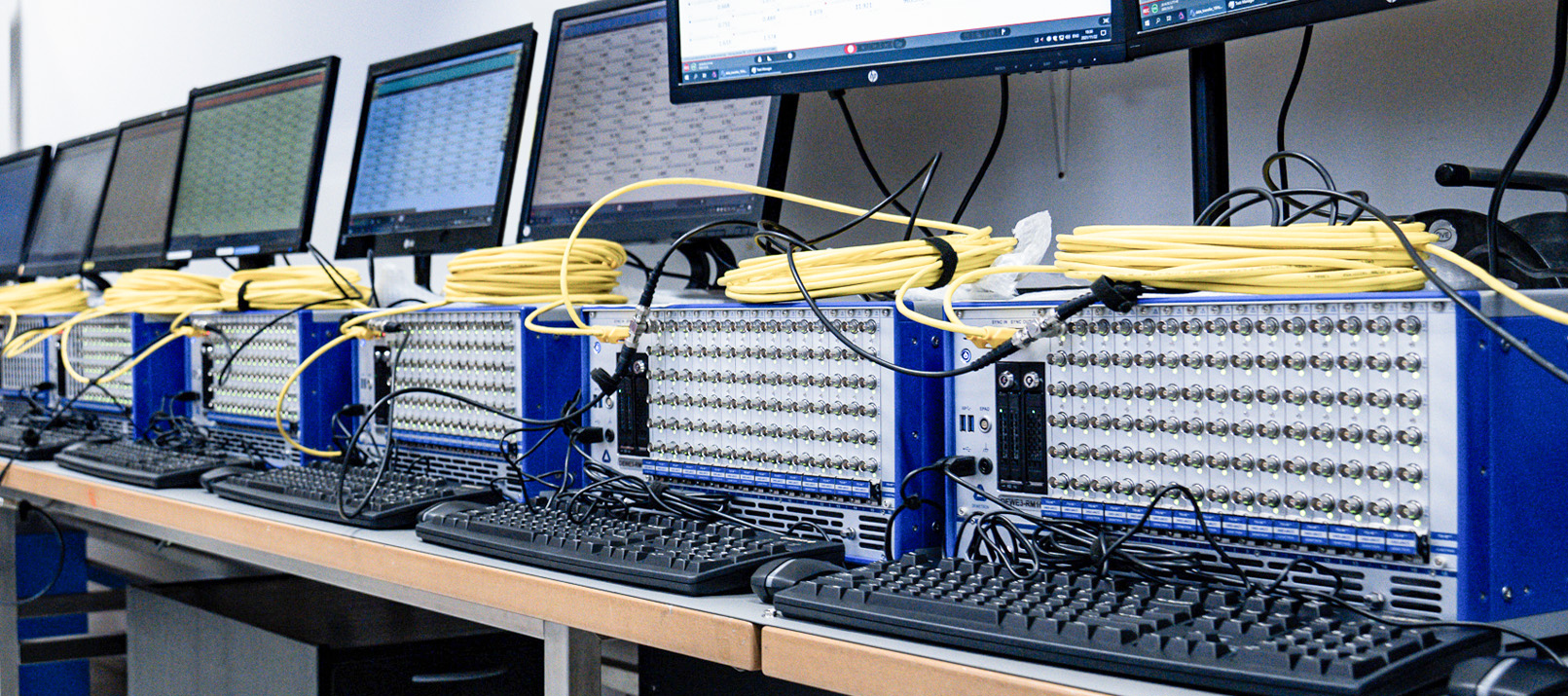Seamless auto-range for high-dynamic power analysis
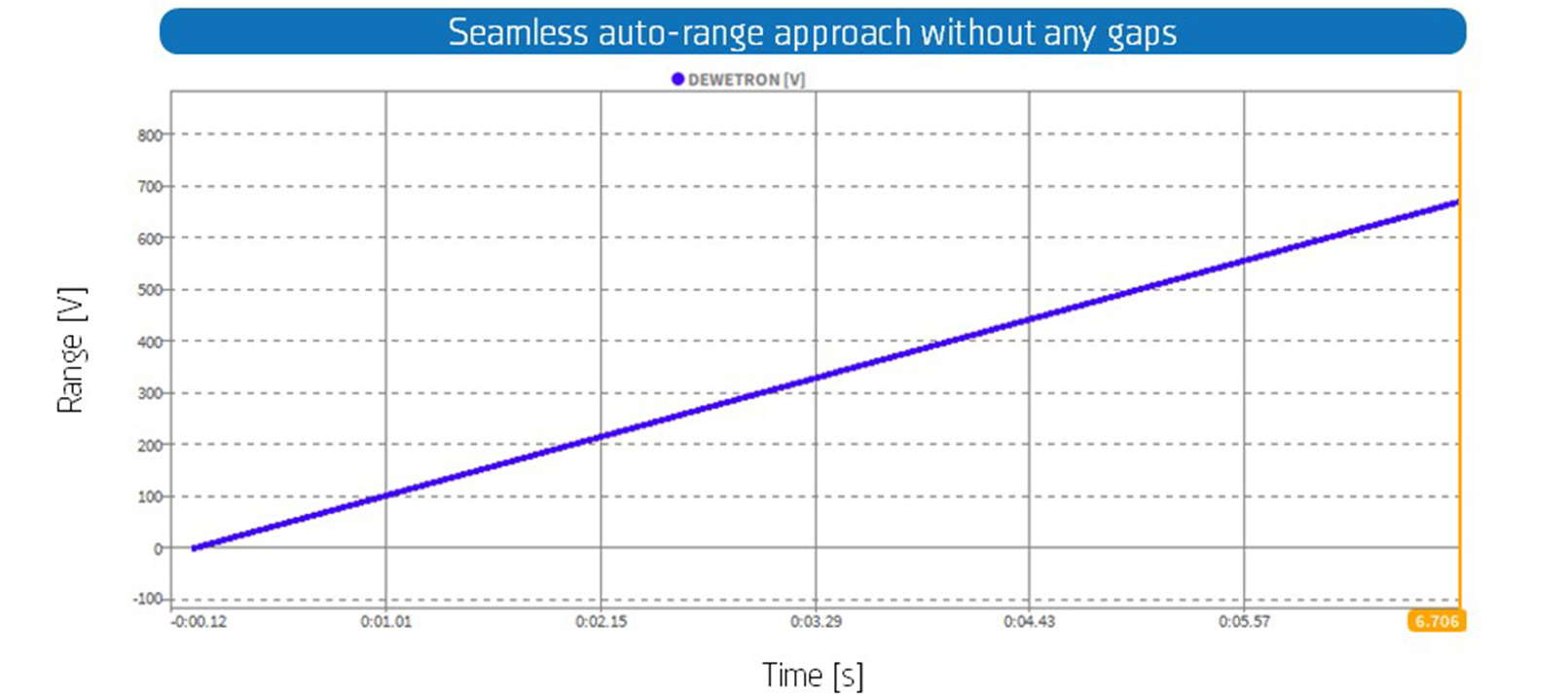
Power analyzers typically offer a wide array of measurement ranges, each tailored to improve accuracy within its specific range. Generally, for selecting the optimal range, an auto-ranging-algorithm is used. However, the switching between different ranges isn’t instantaneous and results in measurement gaps. Addressing the demands of dynamic load analysis, DEWETRON introduces the innovative SUB-XV module, enabling gapless measurements across multiple measurement ranges.
However, before exploring this exciting technology, let’s delve into the significance of measurement ranges and the current state-of-the-art.
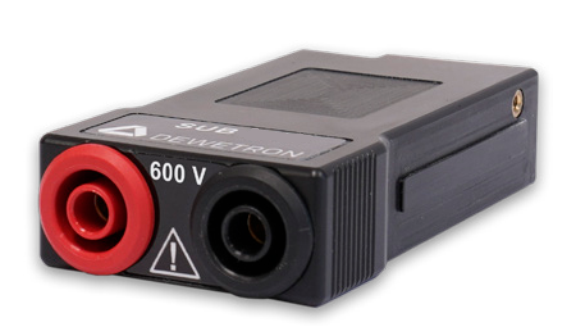
Fig. 1: DEWETRON SUB-XV module
What is a measurement range?
It refers to the range of values that a measuring instrument is capable of accurately measuring. A measurement range is typically specified by the manufacturer of the instrument and are important considerations when selecting the appropriate instrument for a particular application. It defines the minimum and maximum values that the instrument can detect within its specified accuracy limits. For instance, a voltmeter with a range of 0-10 volts accurately measures voltages within that span. Any readings outside this range will result in inaccurate measurements or errors displayed by the instrument.
Why is the selection of a correct measurement range important?
Choosing the correct measurement range is crucial to ensure accurate and reliable measurements. It guarantees that the instrument can accurately measure the desired quantity within its capabilities. If the range is too broad, the instrument may lack the precision necessary for accurate readings. Conversely, if the range is too narrow, it may not be able to capture the full extent of the signal, leading to flawed readings. Moreover, the selected measurement range affects the instrument’s resolution. A narrower range typically provides higher resolution, enabling the detection of smaller changes in the measured quantity. This is essential for accurately measuring subtle variations in the signal.
Current state of the art
Today’s power analyzers typically offer a wide array of measurement ranges. Each tailored to improve accuracy and resolution within its specific range. Generally, an auto-ranging algorithm is used to automatically select the optimal range for the present measurement value. However, this presents a challenge as the switching between ranges isn’t instantaneous. This switching process takes a few 10ms and therefore leads to data gaps during measurement Consequently, this method is best suited for quasi-static tests.
To meet the requirements of today’s dynamic load analysis, an alternative approach is required. One such approach was introduced by DEWETRON a few years back: the single range input. This approach relies on utilizing a single broad measurement range. Thus, eliminating measurement gaps and facilitating continuous measurements across a wide range. However, this method also has its limitations. In a narrow range, desirable for their high resolution, the maximum input signal is severely limited and will be clipped if it exceeds the range. On the other hand, in a wide range, the instrument may lack the precision required for accurate readings of small input signals. As we see, both approaches are not fully satisfying.
| Benefits | Drawbacks | |
|---|---|---|
| Auto-ranging approach |
|
|
| Single range approach |
|
|
Tab. 1: Advantages and disadvantages of the single range and auto-ranging approach.
Solution: DEWETRON’s seamless auto-range technology
One solution to these problems is DEWETRON’s “seamless auto-range” technology. The result is a multi-range input without multiplexing or physical switching. This means that it combines the advantages of the classic multi-range approach and the single-range approach.
Depending in the input type, two to four physical measurement ranges per input channel acquire the measurement data simultaneously. This means that each physical input generates up to four data streams, one for each range. These data streams are then combined by fading the sampled data of the active channel from one range into the next range. This is all done in the onboard DSP at mega-sample speed. Furthermore, this cutting-edge technology automatically compensates for any DC-offsets in the higher ranges, surpassing the auto-zero function applied during traditional range switching. Overall, this technology enables gapless voltage measurements within an input range of 1 to 1000 V.
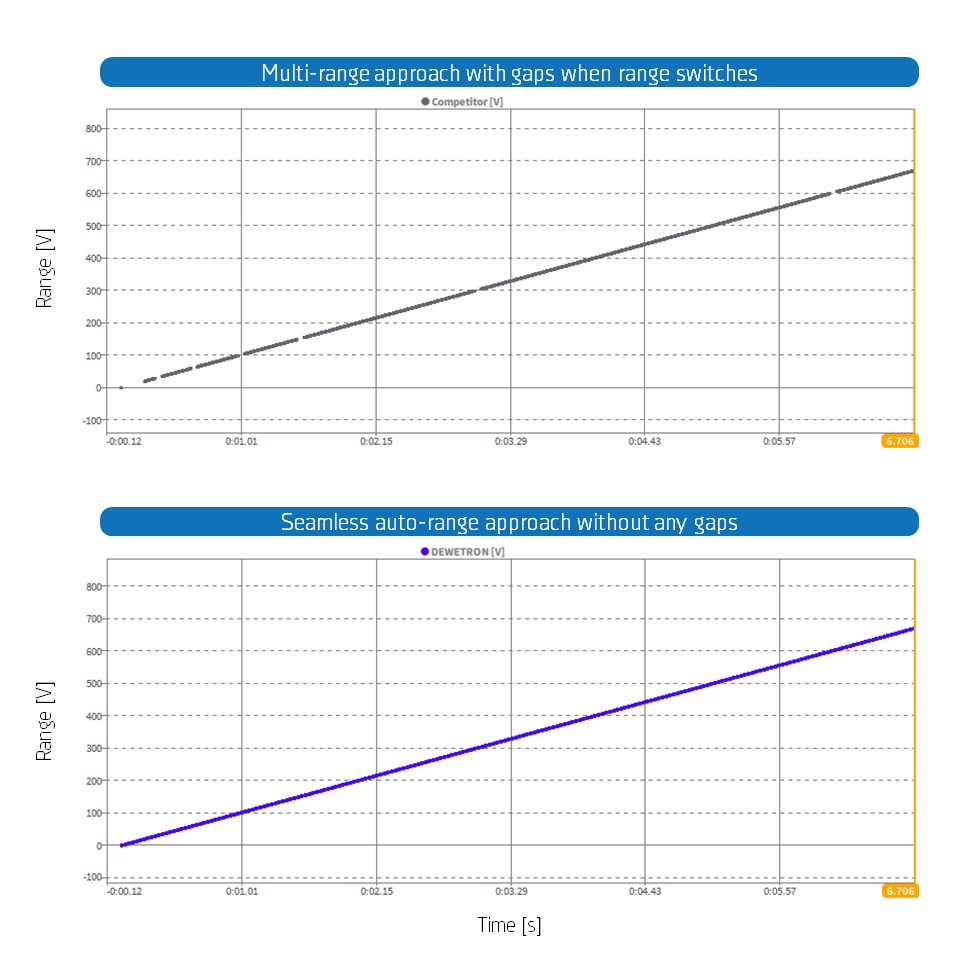
Fig. 2: Top: Voltage measurements with classical instrument with gaps due to range switch. Bottom: Gapless measurements with SUB-XV instrument
With increasing technical challenges and the need for adaptability for new applications, the SUB-XV module with its implemented seamless auto-range technology is the perfect solution. It combines the strengths of the original auto-ranging approach with seamless continuous measuring and guarantees the highest flexibility for constantly changing demands. Especially useful in applications with switching loads and voltages as well as open- and short-circuit tests. DEWETRON thus overcomes the limitations of both prevailing approaches and offers seamless auto-range technology. Integrated into the SUB-XV module, this innovation enables uninterrupted voltage measurements across multiple ranges. By combining the advantages of traditional multi-range analysis with the single-range approach, it ensures gapless signal capture without sacrificing resolution. With measurements ranging from 1 to 1000V, DEWETRON delivers unparalleled accuracy and reliability.

